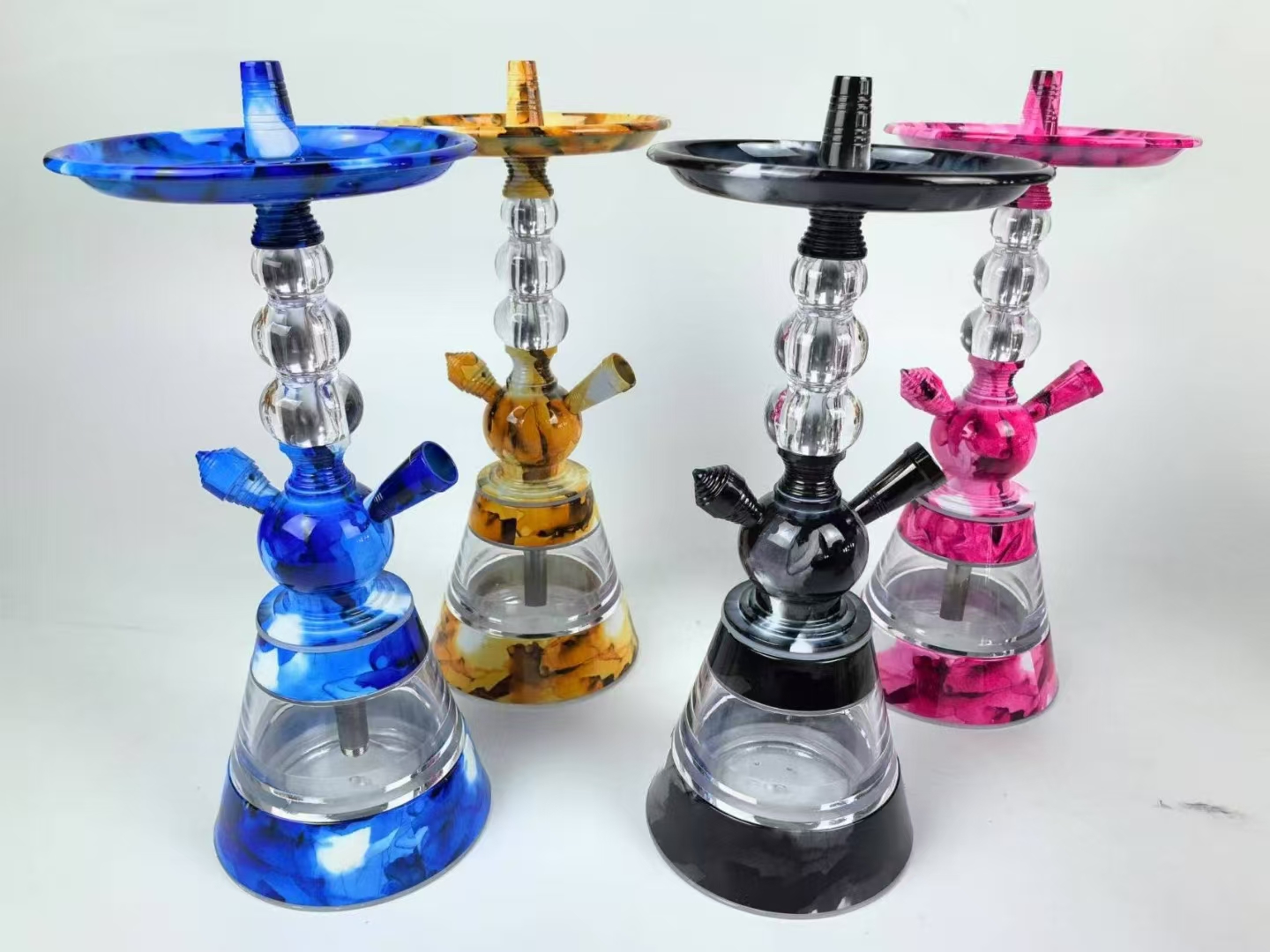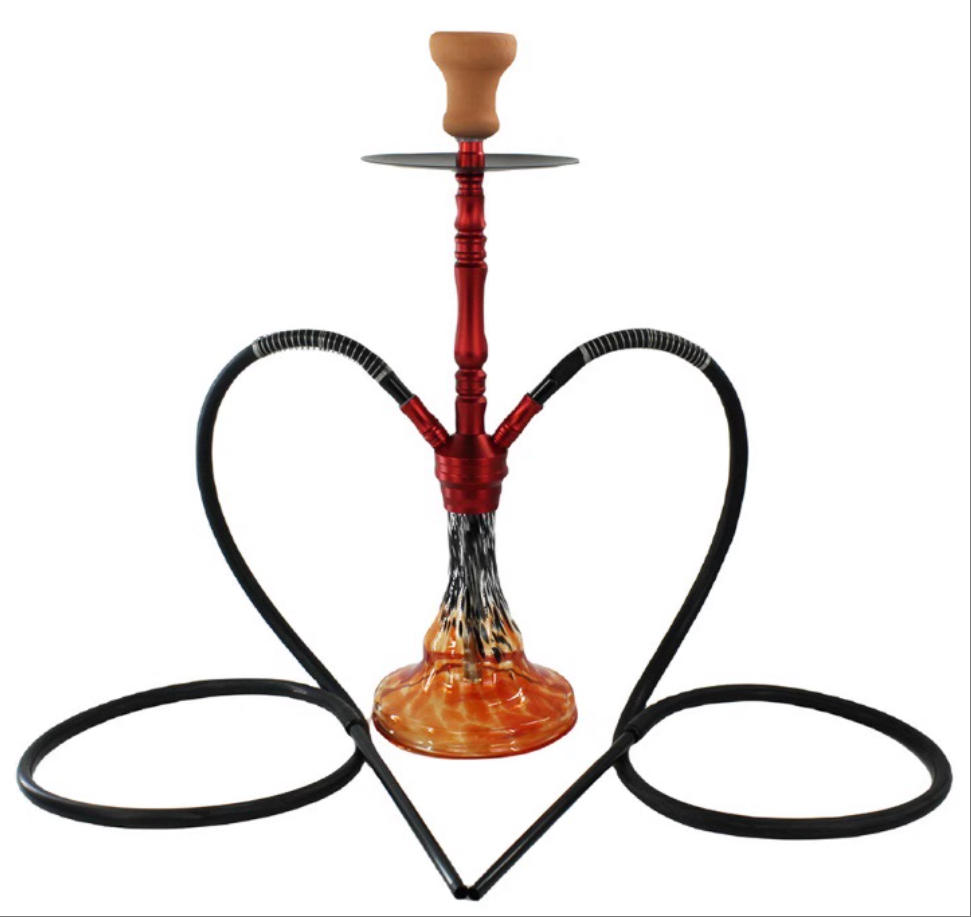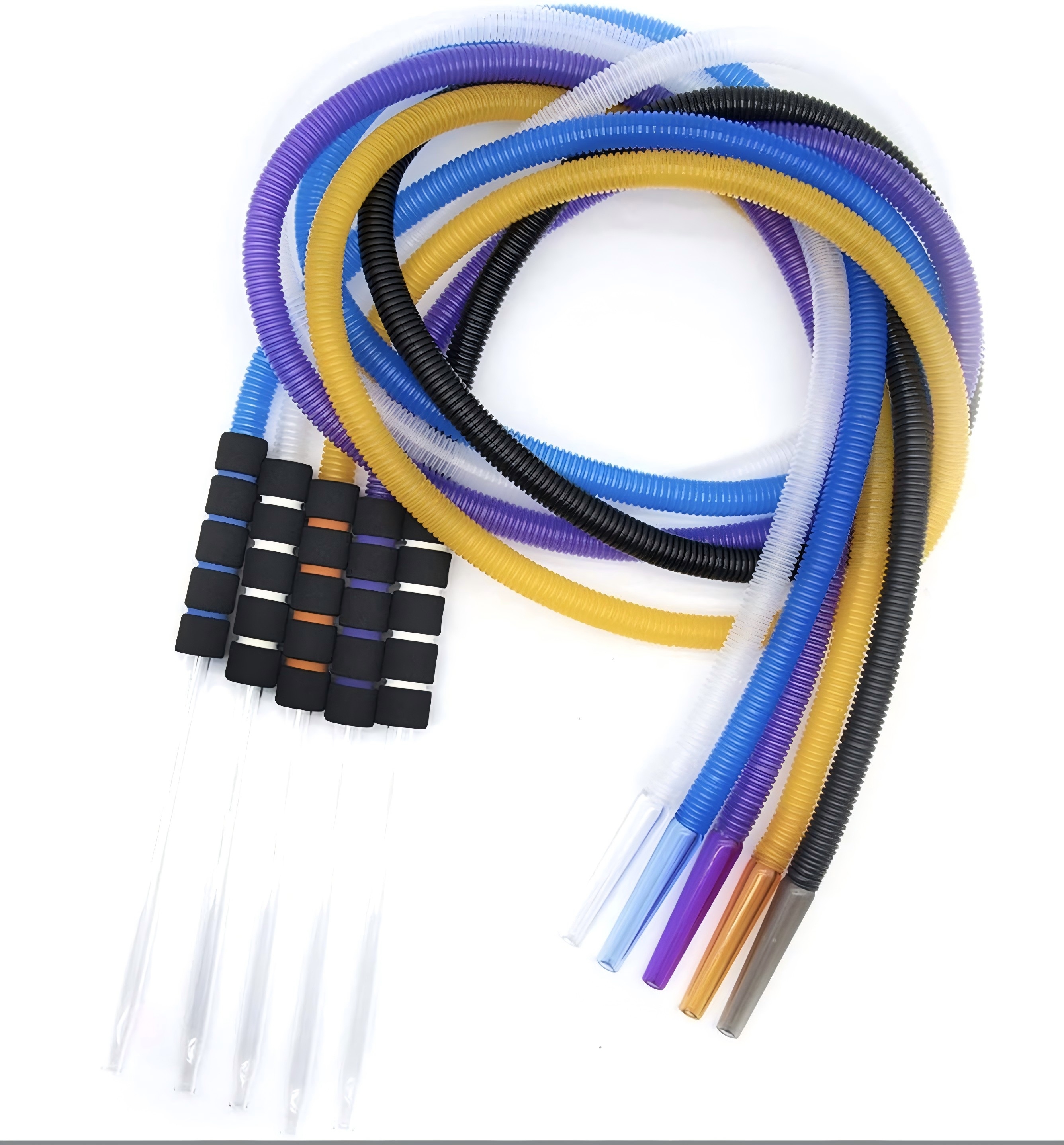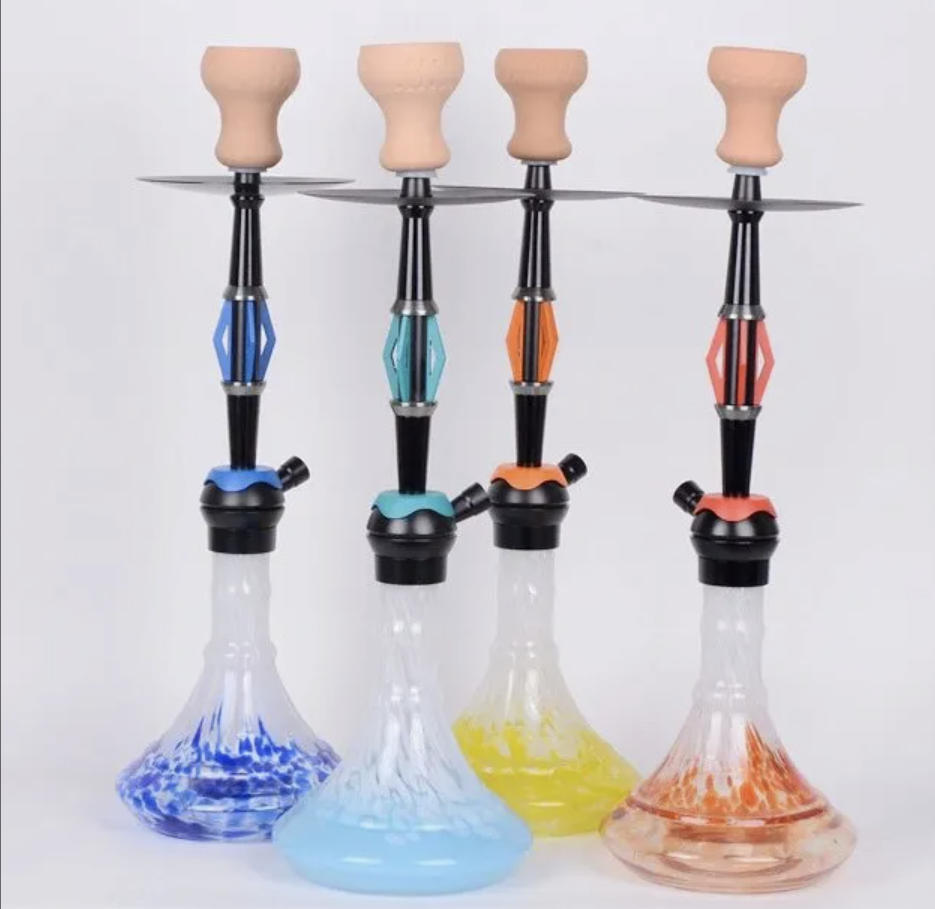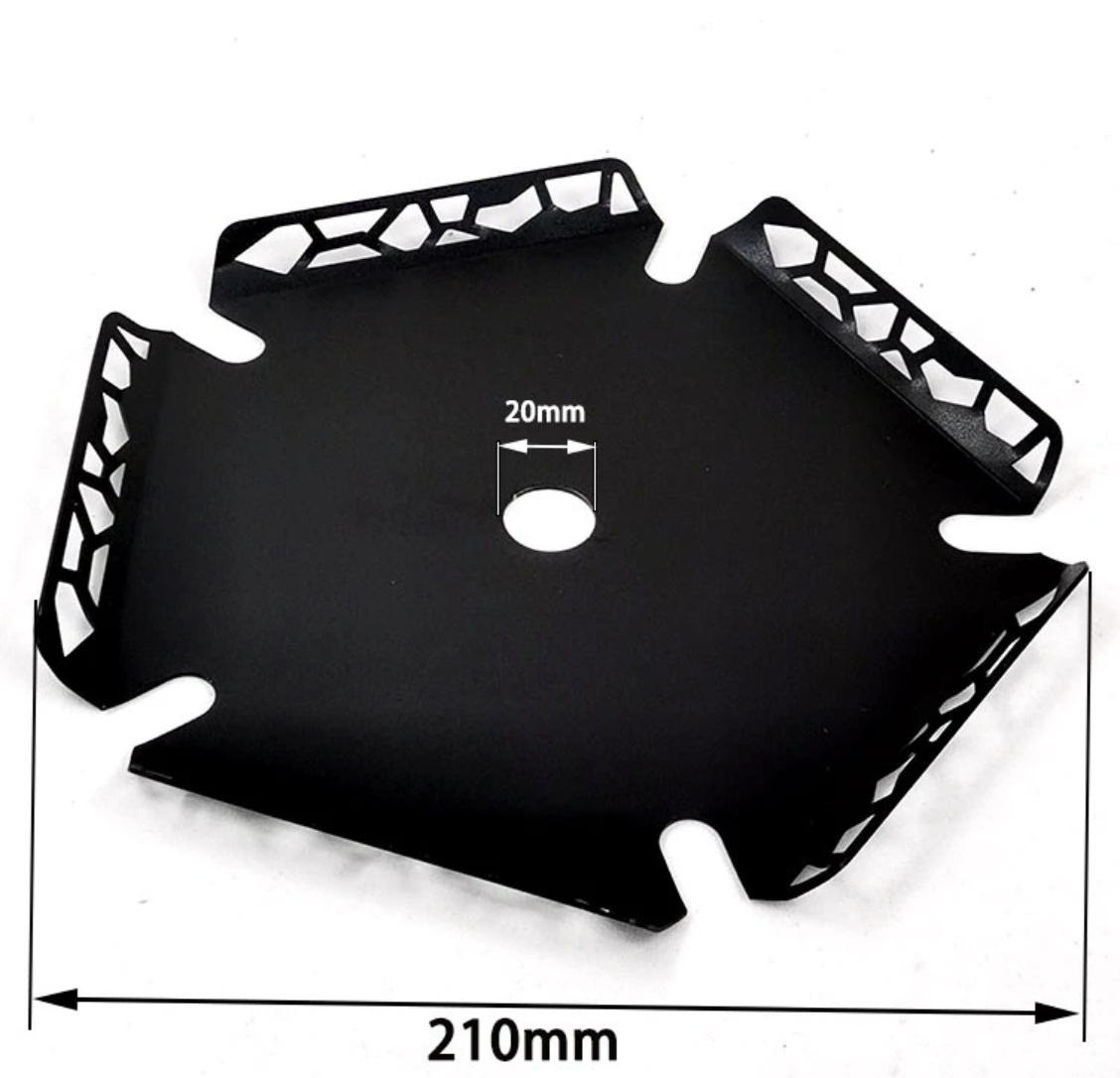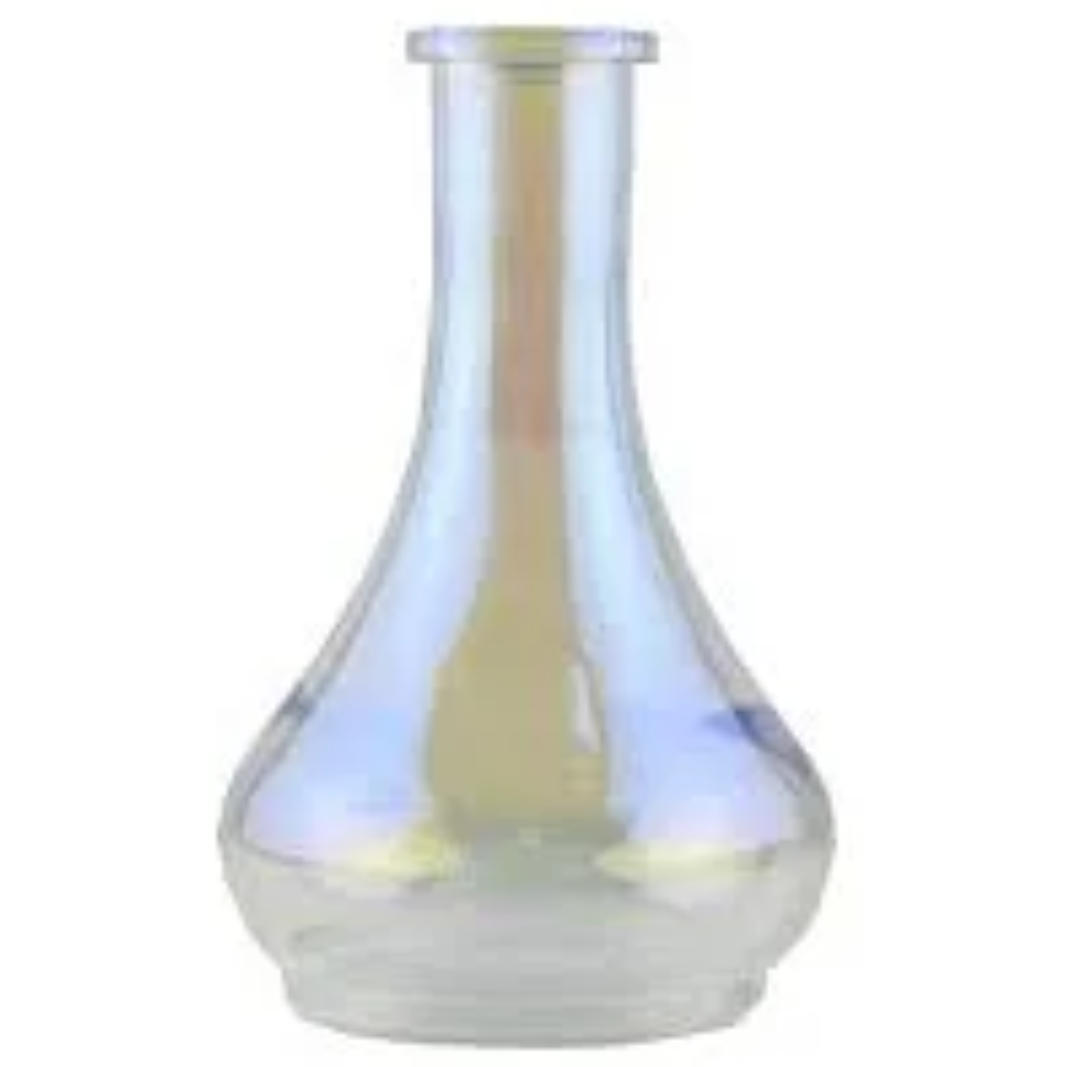What Is Hookah Made Of?
Hey there! If you’ve ever wondered, you’re in the right place. I've been around hookahs as a casual smoker and a wholesale fan, so I'm excited to share my insights with you. Hookahs, also known as shisha pipes, are fascinating devices with a rich history and a mix of materials that make them work like magic. Whether you’re relaxing at home or setting up your own space, knowing what’s involved can enhance your experience. In this article, we’ll explore the materials, craftsmanship, and even the tobacco that powers this smoky tradition. Let’s dive in!
What Materials Are Used in a Hookah?
So, made of? A hookah isn’t one thing—it’s a combo of parts, each made from specific materials to do its job. Here’s the rundown:
-
The Stem: This is the backbone of your hookah, usually crafted from metals like stainless steel, brass, or copper. Stainless steel is my go-to for durability—it doesn’t rust and lasts forever. Brass and copper are common in traditional Egyptian designs, such as Khalil Mamoon hookahs. They add a classic vibe but must care to prevent tarnishing.
-
The Base: Ever noticed that gorgeous glass vase at the bottom? That’s the base, which is usually crafted from hand-blown or machine-made glass. High-quality ones are thick and sturdy—perfect for holding water without cracking. Some fancy models even use crystal for extra bling.
-
The Hose: Hoses can be simple or fancy. Traditional ones might use leather or fabric-wrapped rubber, while modern ones often go for silicone. Silicone’s awesome because it’s washable and doesn’t hold onto flavors—trust me, you don’t want last week’s mint mixing with today’s mango!
-
The Bowl: This is where the tobacco sits, and it’s usually made of clay or ceramic. Clay bowls heat evenly, which I’ve found perfect for a smooth session. Some modern ones use glass or metal, but clay’s still king for flavor.
-
Accessories: Think charcoal trays (metal), grommets (rubber or silicone), and tongs (steel). These little guys keep everything running smoothly.
Fun fact: The global hookah industry is growing. A Hookah Market Report says better material quality is a big reason. Cheap hookahs might use flimsy aluminum or thin glass, so if you’re buying, go for something solid—it’s worth it!
Actionable Tip: Heavier usually means better metal quality.
How Hookah Parts Are Crafted
Now that you know the materials, let’s talk about how they come together. Crafting a hookah is part art, part science—especially for high-end brands.
-
Metalwork: The stem starts as raw metal, shaped by machines or hand-forged for traditional pieces. I once went to a wholesaler in Turkey. There, artisans hammered brass into intricate patterns. It was seriously cool! Stainless steel stems, like those from Amy Deluxe, are precision-cut for a sleek, modern look.
-
Glass Blowing: The base is where craftsmanship shines. Skilled glassblowers heat silica sand to over 1,000°C, then shape it into those curvy vases. Cheap bases might be mass-produced, but a hand-blown one? You can feel the difference.
-
Hose Assembly: Silicone hoses are extruded and paired with metal or plastic mouthpieces. Traditional leather ones are stitched by hand—less practical but dripping with old-school charm.
-
Bowl Shaping: Clay bowls are shaped and fired in kilns at 600-1,000°C. I tried making one once, but it turned out lumpy! Now, I just buy from experts like Sahara Smoke.
Want to geek out more? Check for tips on finding good hookah suppliers. It’s a game-changer for spotting quality craftsmanship.
Actionable Tip: If you’re into DIY, grab a clay bowl kit from a and experiment—just don’t blame me if it looks like a potato!
What Is Hookah Tobacco Made Of?
Okay, the hookah itself is cool, but what about the stuff you smoke? made of? It’s called shisha or molasses, and it’s a tasty mix:
-
Tobacco Leaves: The base is usually Virginia or Burley tobacco, shredded fine. It’s about 20-30% of the mix, per brands like Al Fakher.
-
Molasses or Honey: This sticky sweetener (50-70% of the blend) gives shisha its gooey texture and sweet taste. It’s what makes clouds thick and juicy.
-
Glycerin: Added for extra smoke—think of it as the special effects guy. More glycerin, bigger clouds.
-
Flavorings: They come from natural extracts like fruit and mint, or from artificial blends. This is how flavors like Double Apple or Love 66 are created.
I’ve sourced shisha for wholesale before, and here’s a pro tip: Check the cut. Finer tobacco burns smoother, while chunkier cuts last longer. Brands like Fumari nail the balance—try their White Gummy Bear flavor if you’re curious!
A CDC study shows that shisha contains nicotine, ranging from 0.05% to 0.5% per gram. This means it's not “safe”—just different from cigarettes.
Actionable Tip: Store shisha in airtight containers at room temp. I learned the hard way—left mine out once, and it dried up like a raisin!
The Role of Water in a Hookah
You might be thinking, “Water? Really?” Yep, it’s a big deal. The base isn’t just for looks—it filters and cools the smoke. But what’s in there?
-
Plain Water: Most folks use tap or bottled water. It’s simple and does the trick—about 1-2 inches above the stem’s bottom is perfect.
-
Extras: Some add ice for a chilly hit or fruit slices (lemon, mint) for flavor. I’ve tried milk once—huge mistake, it frothed up and smelled funky!
-
Science Bit: Water traps some particles (like tar), but not all toxins. A 2019 study from PubMed showed it cuts acrolein by 50%. Yet, nicotine still gets through.
Actionable Tip: Change the water after every session. Trust me, stale water tastes like regret—been there, done that!
Conclusion
So, there you have it— From sturdy stainless steel stems to flavorful shisha blends, every piece has a purpose. Whether you’re browsing or setting up at home, knowing the materials can help you pick the best gear and enjoy a killer session. Hookahs blend tradition with modern flair, and honestly, that’s what makes them so fun. Got a favorite material or flavor? Drop it in the comments—I’d love to chat more! For now, grab your, fire it up, and enjoy the ride.
